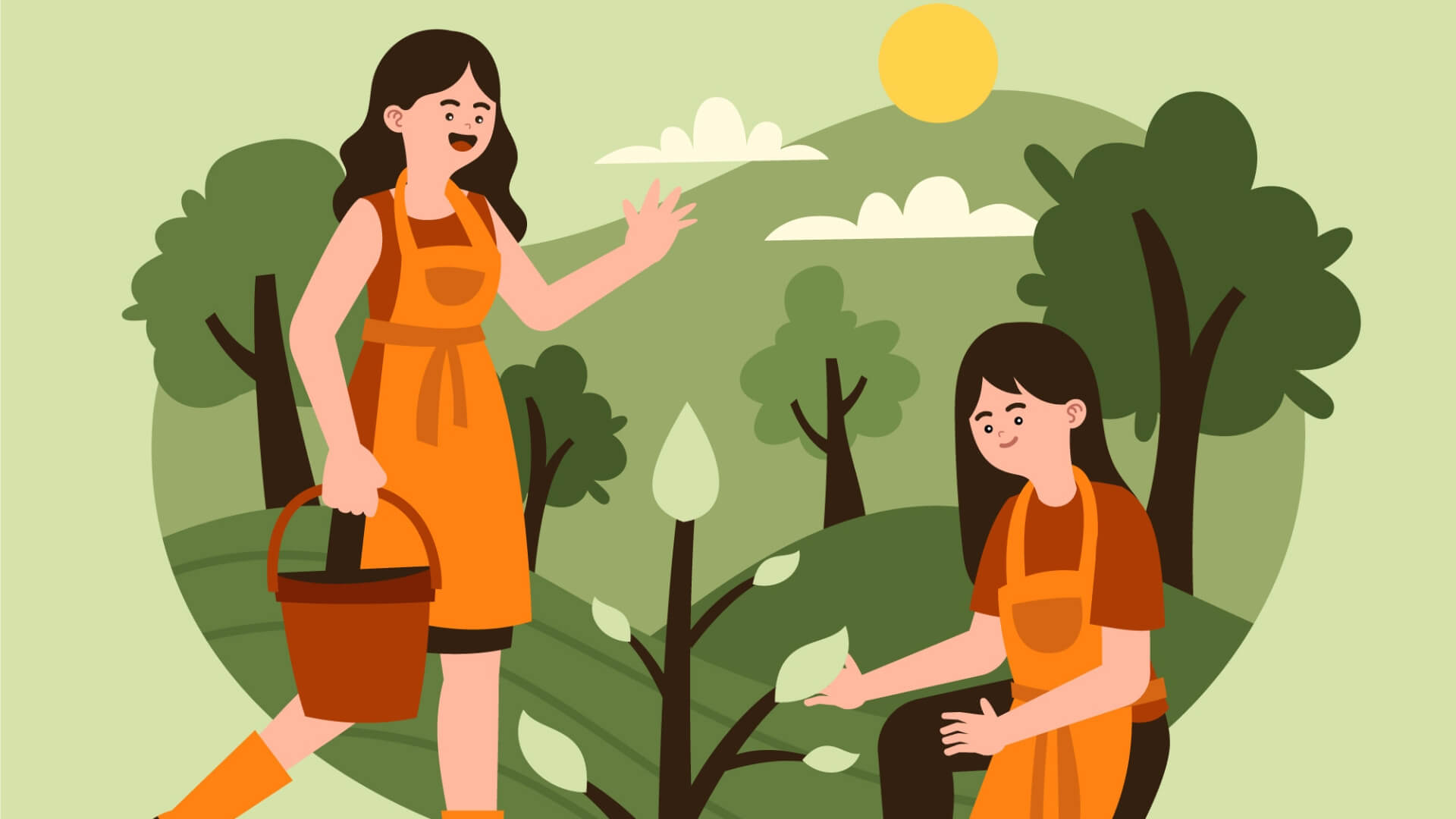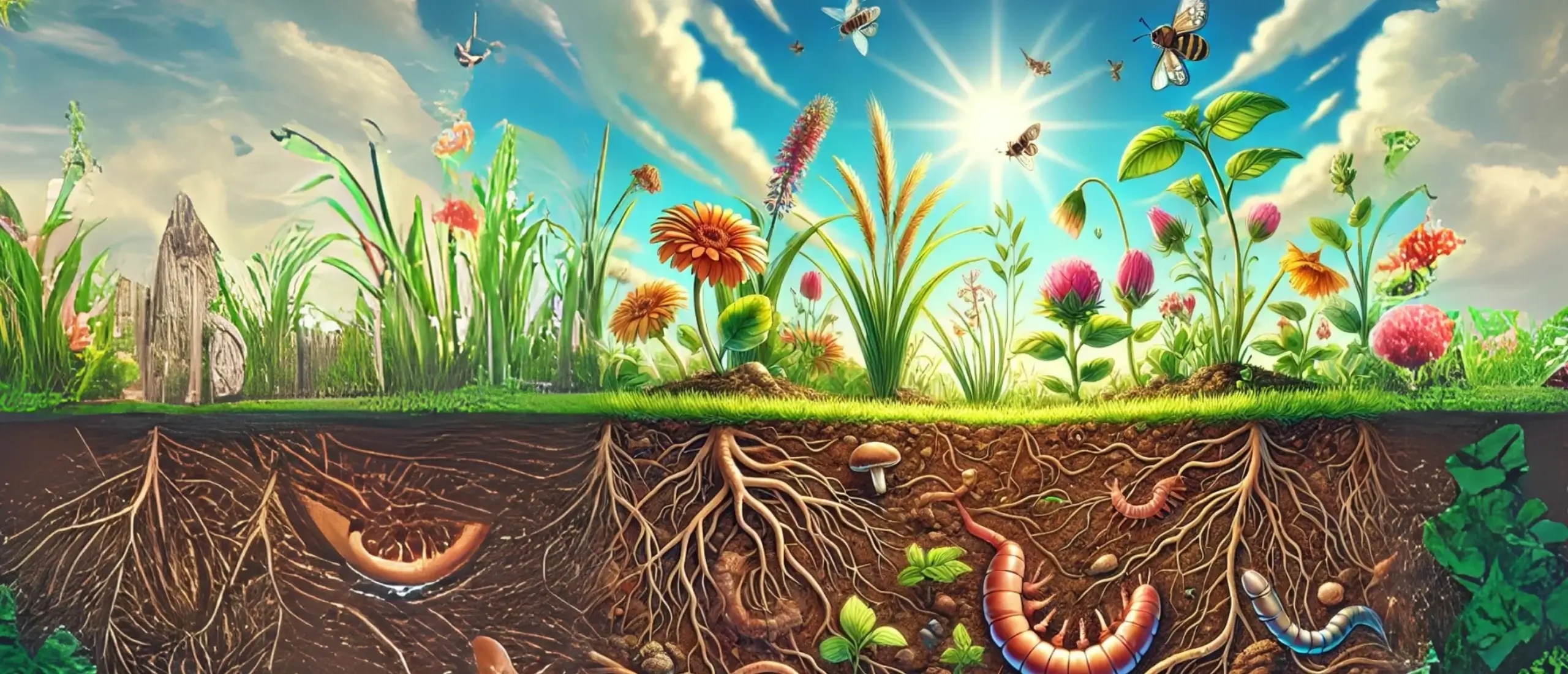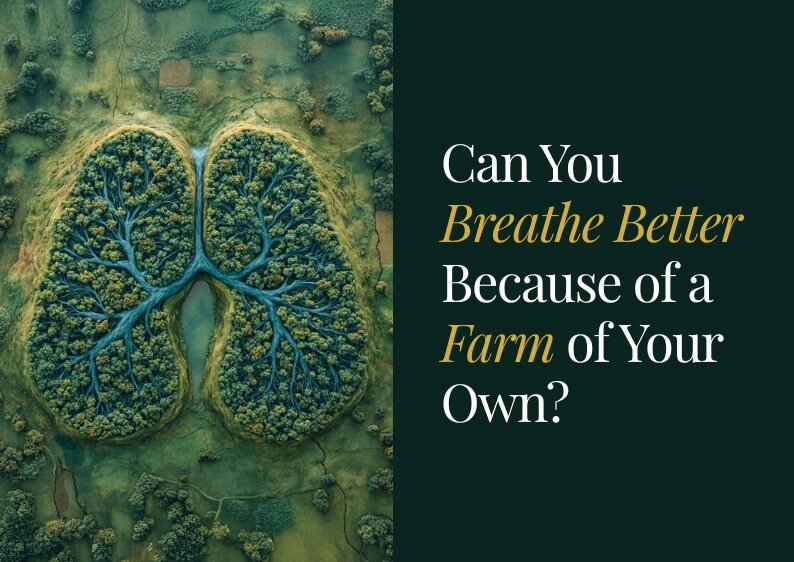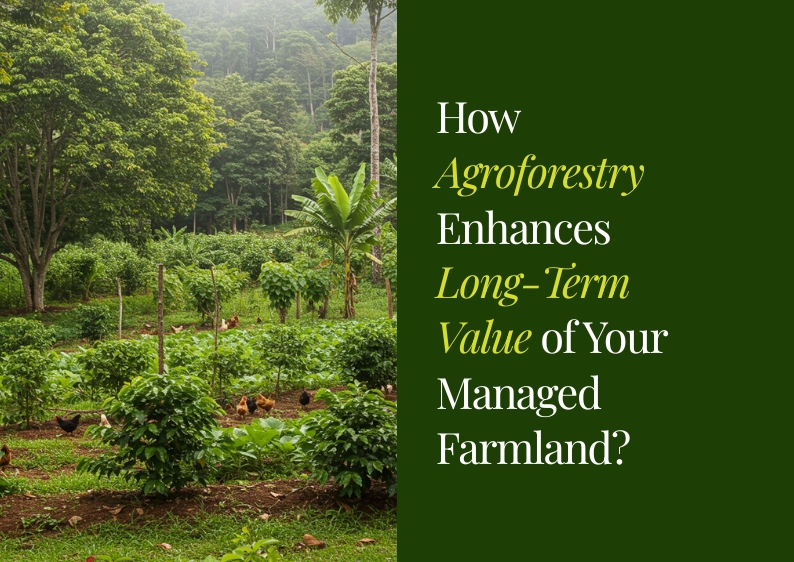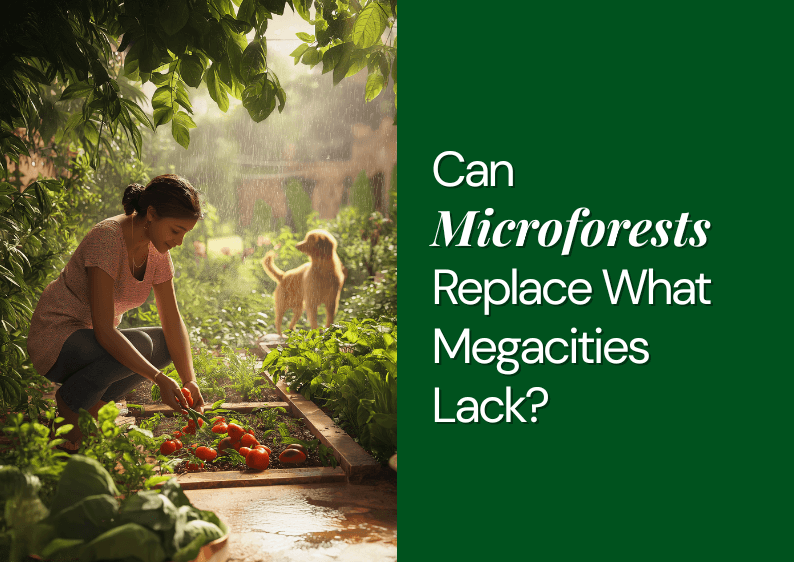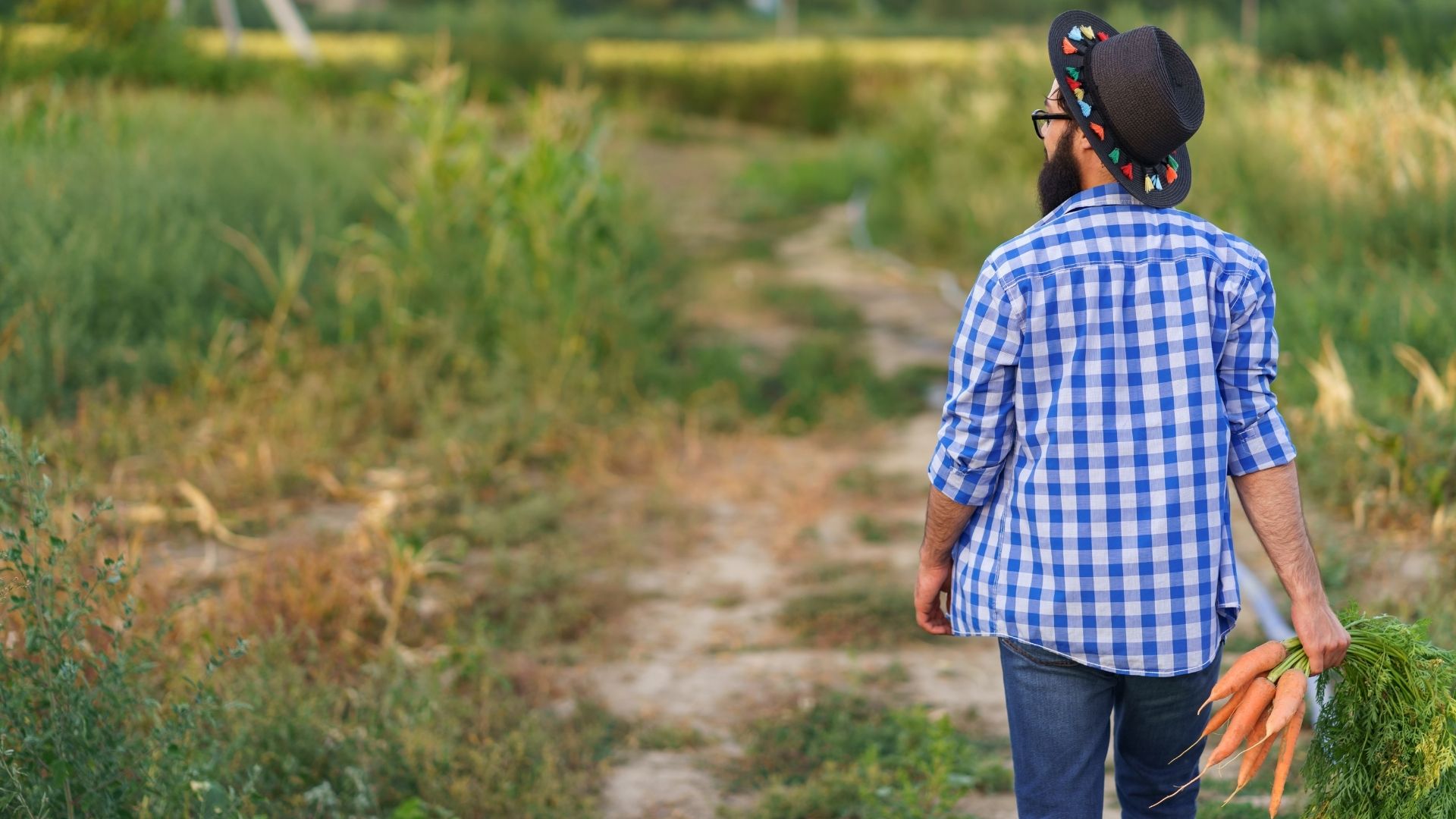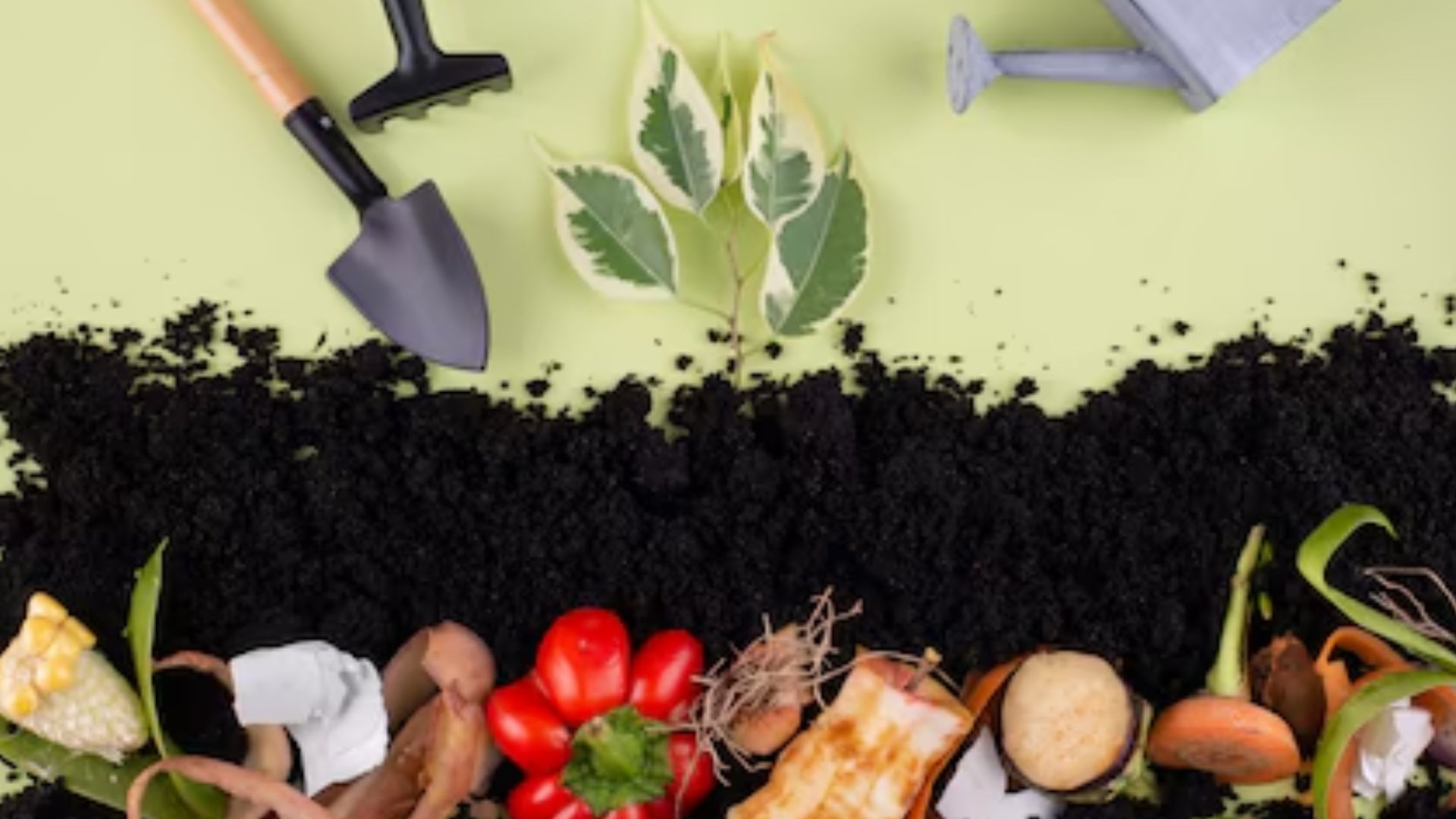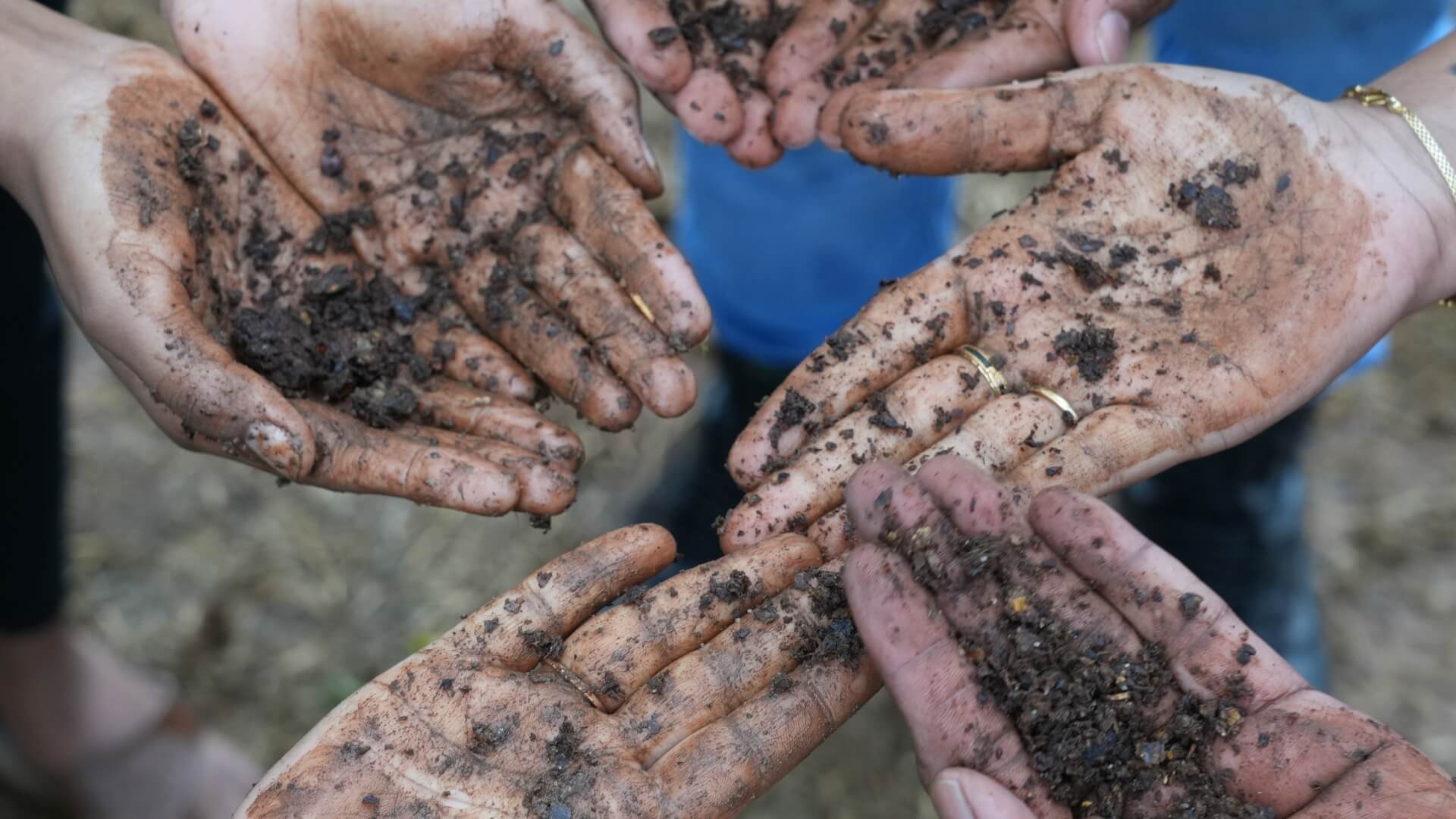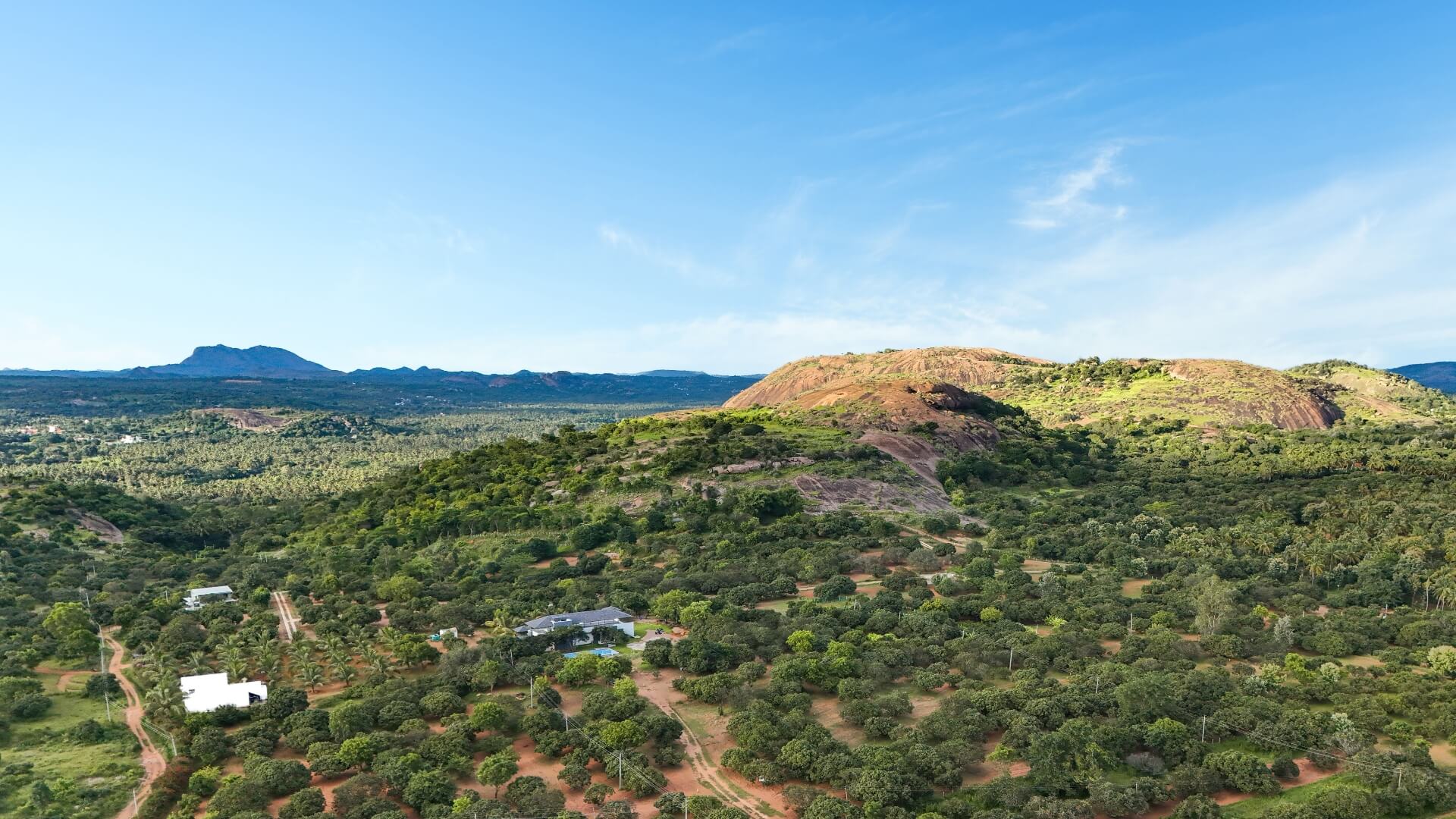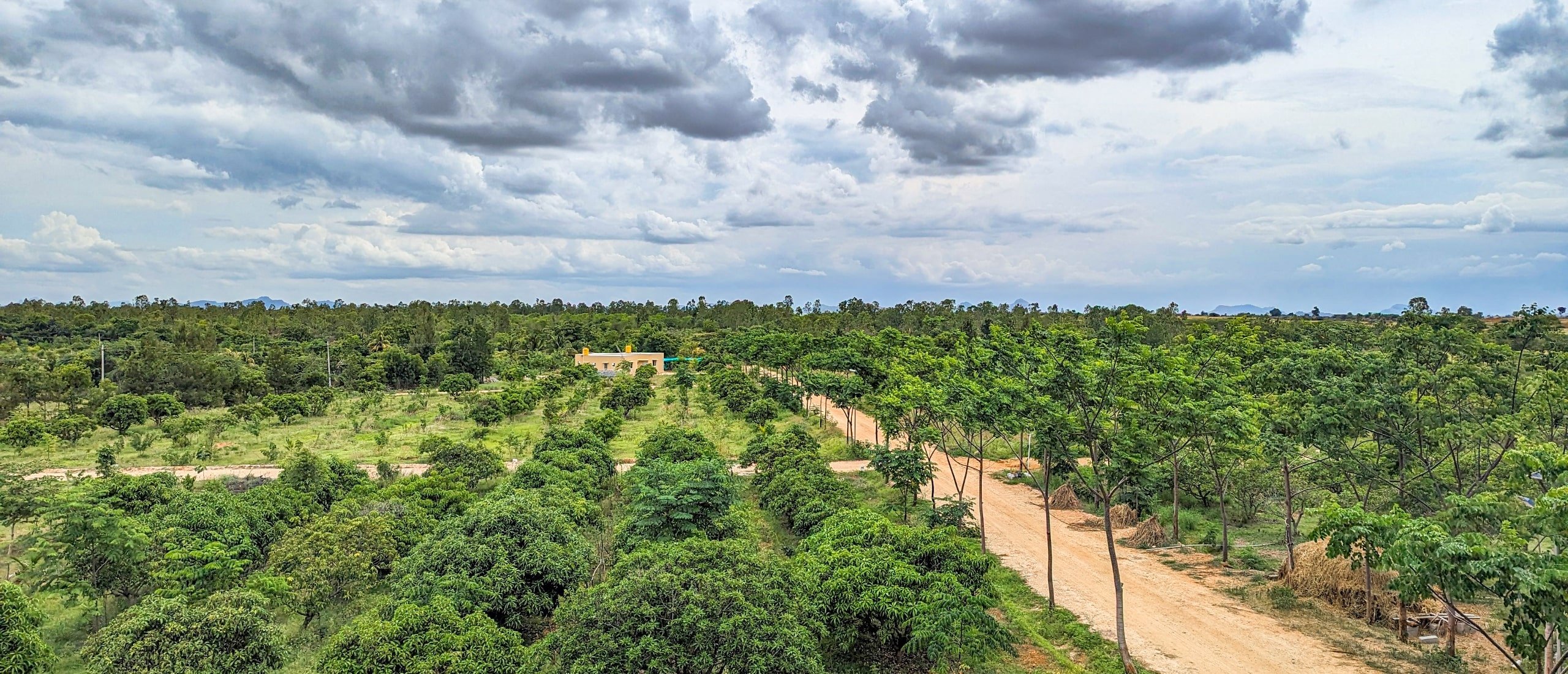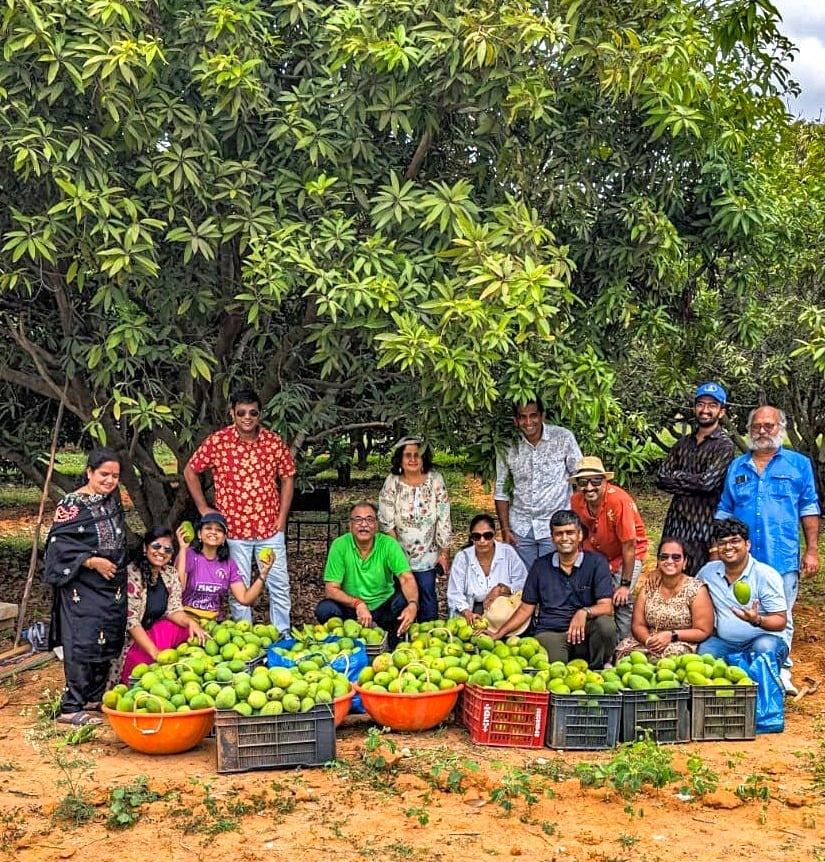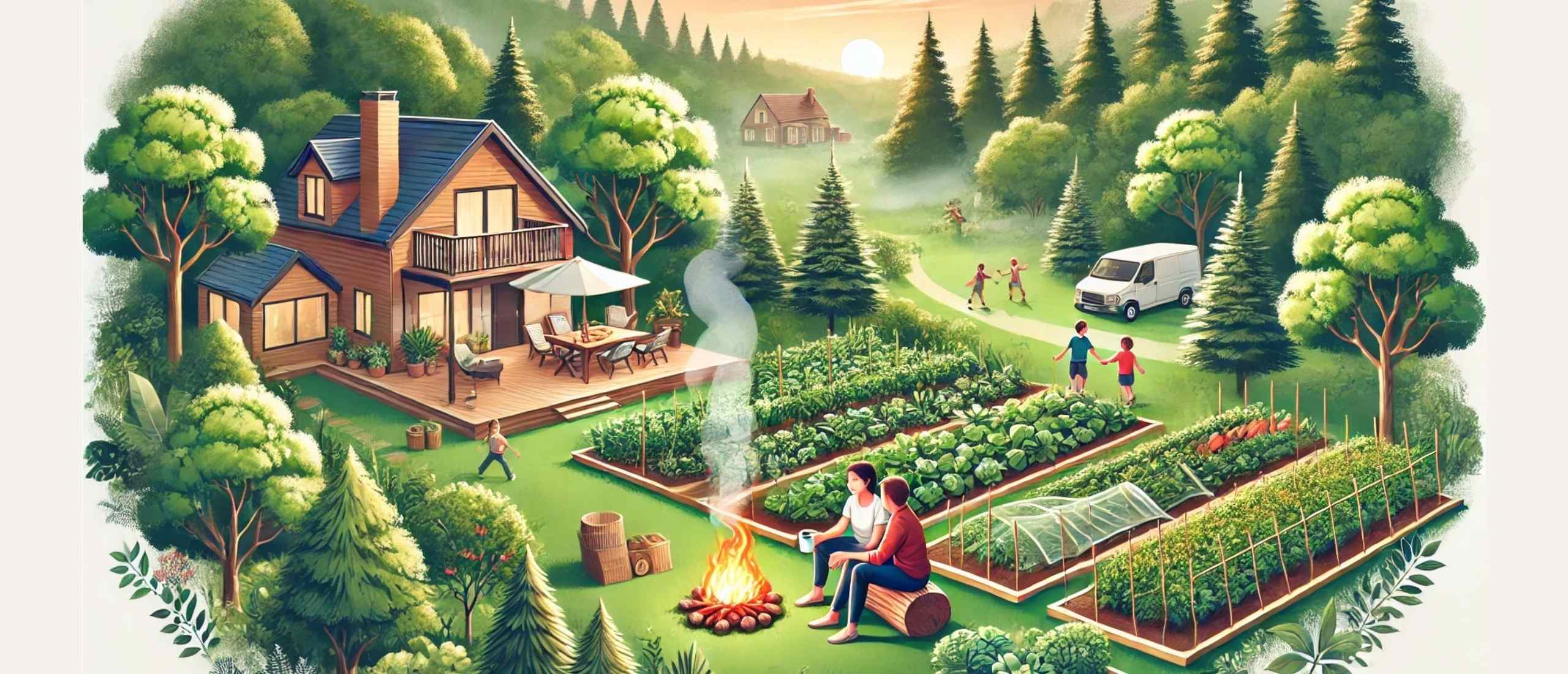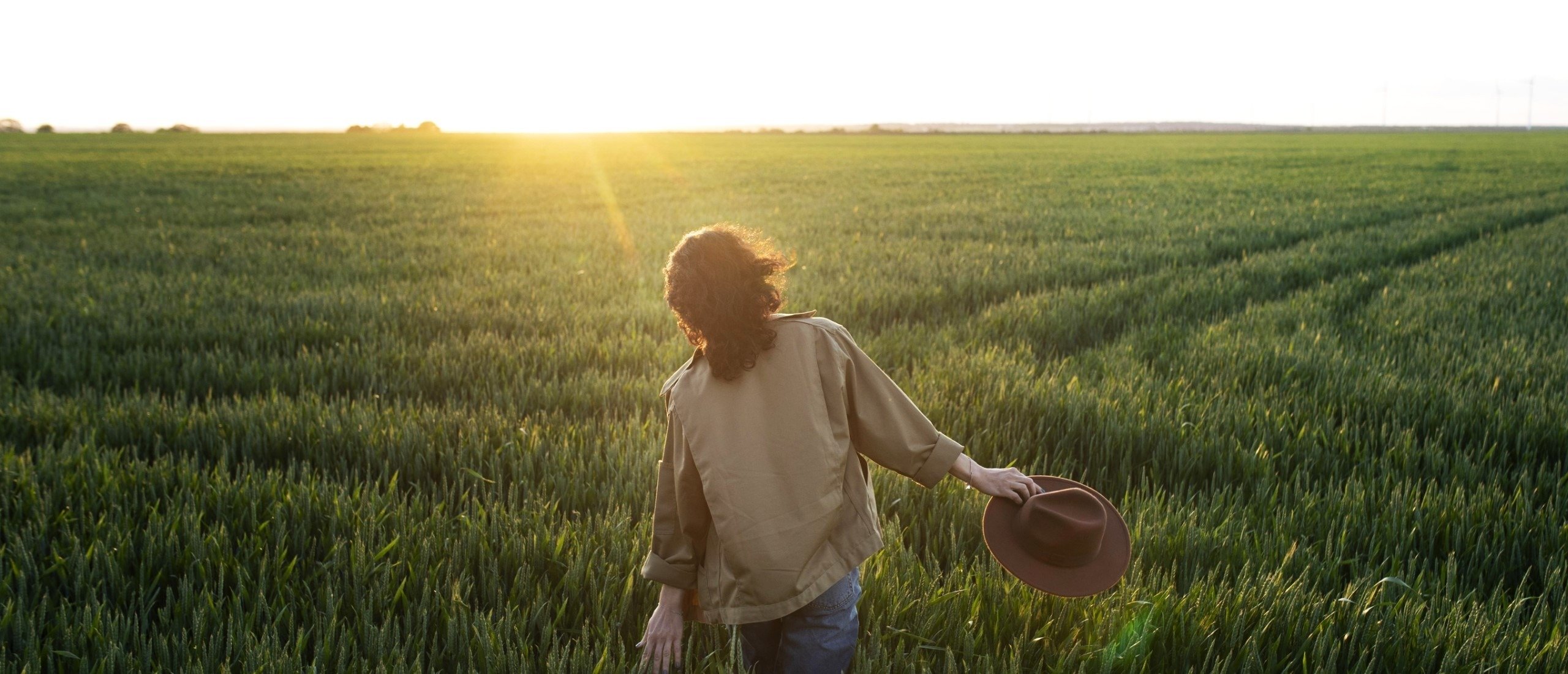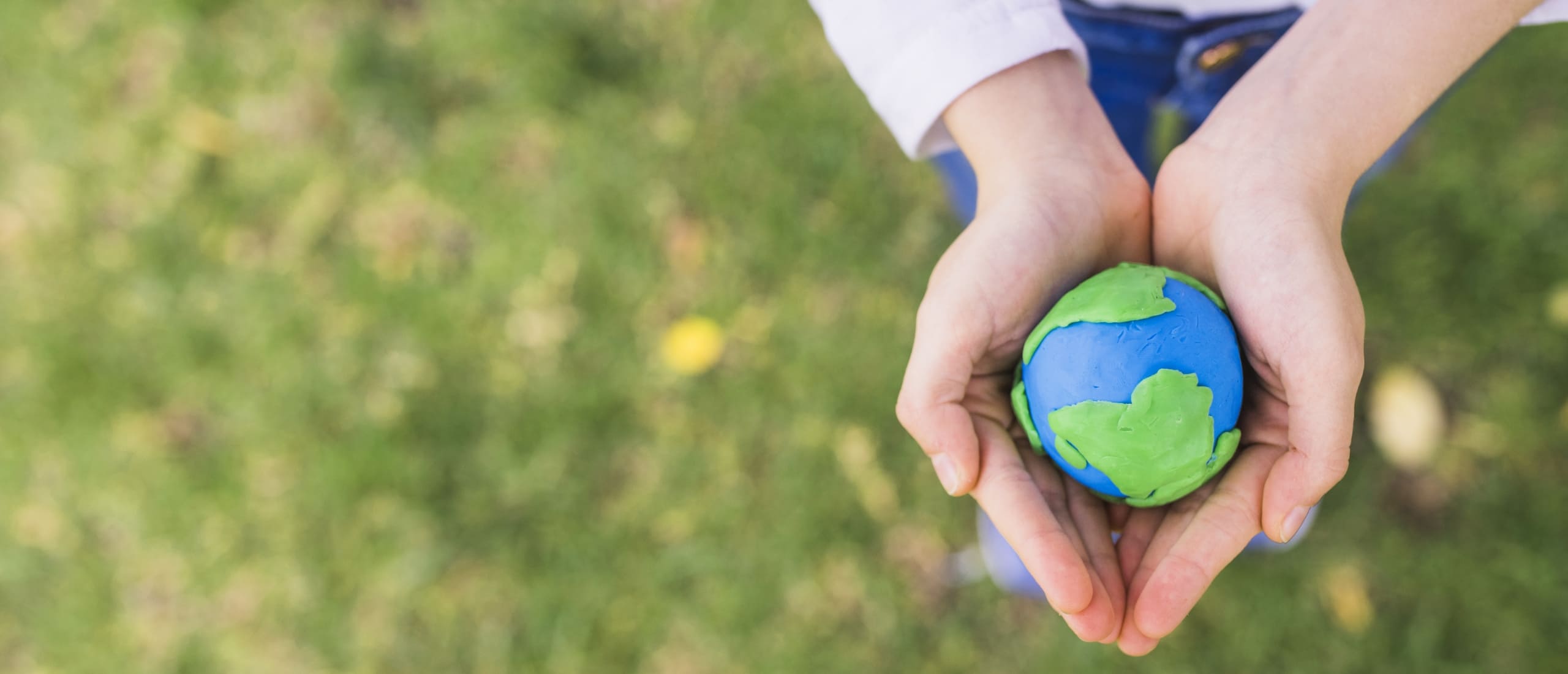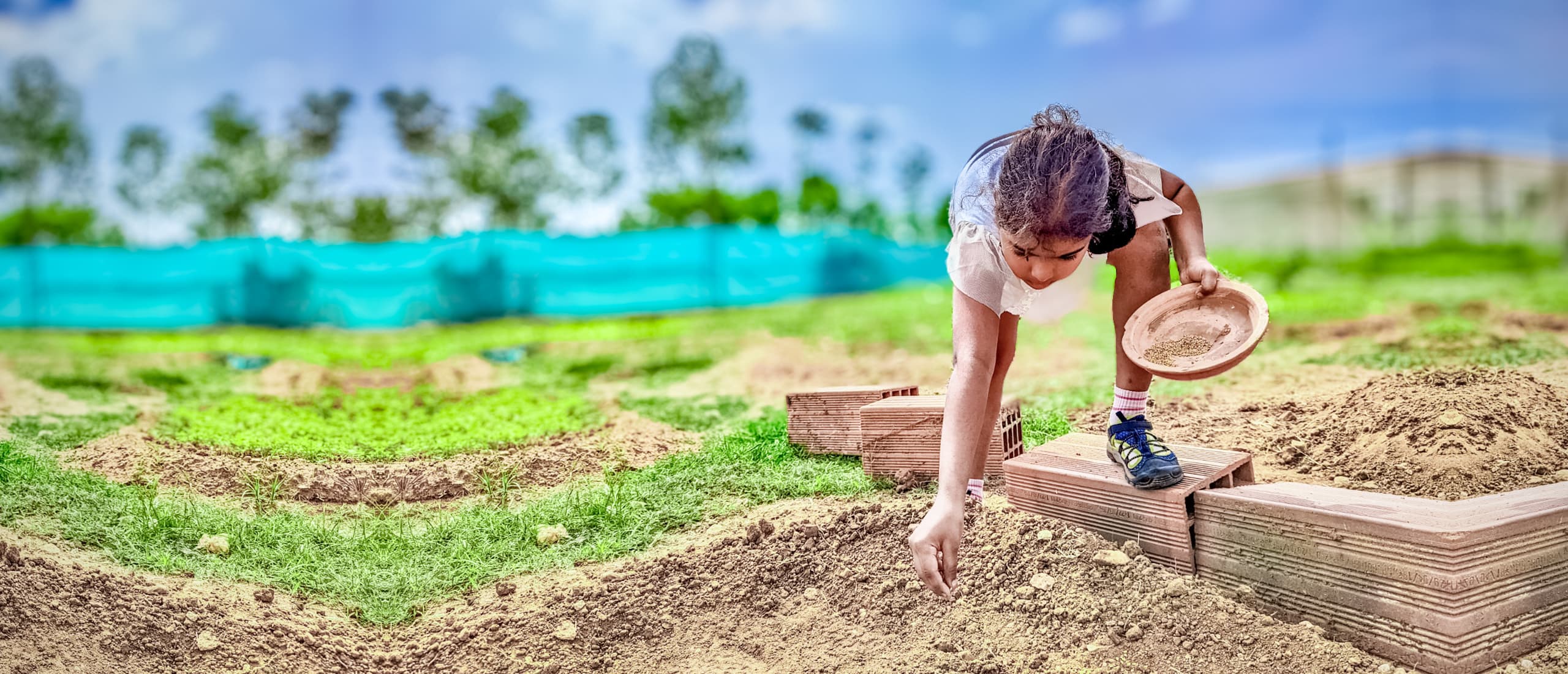March 20, 2023
Author: Srinivas Abhilash
World Sparrow Day is an international event that takes place annually on March 20th to bring attention to the decline of sparrow populations globally. The day aims to emphasize the significance of comprehending the role of sparrows in the ecosystem and the dire consequences of their eradication, as exemplified by the Great Sparrow Campaign in China. One of the goals of this event is to raise awareness about the present-day challenges faced by sparrows, which include habitat destruction, pollution, and scarcity of food. By highlighting these issues, the aim is to inspire individuals to take action toward the conservation of sparrows and their habitats. Since its inception in 2010, the initiative has expanded to encompass all countries to motivate individuals to take action, to safeguard these small but crucial creatures that contribute to a healthy ecosystem.
Great Sparrow Campaign
The Great Sparrow Campaign was a movement in China during the late 1950s and early 1960s to eradicate sparrows, which were considered pests by the Communist Party. The campaign encouraged citizens to kill sparrows by any means necessary, including shooting, trapping, and destroying nests.
The idea was that sparrows ate grains, and their eradication would lead to an increase in crop yields and help feed the growing population. However, this turned out to be a grave mistake, as sparrows also ate insects, including locusts, which were a threat to crops. As the sparrows disappeared, insect populations exploded, causing massive damage. The harvest was destroyed, and a famine ensued, leading to the deaths of millions of people. The Great Sparrow Campaign was eventually abandoned, but the damage had already been done.
The campaign serves as a cautionary tale about the unintended consequences of human actions and the importance of understanding ecosystems before attempting to alter them.
Reasons for Decline in Sparrow Population in the Modern World
- Lack of Nesting Spaces
- The dwindling population of sparrows is a cause of concern for many conservationists, and several factors contribute to this trend. One of the most critical factors is the absence of nesting spaces for sparrows. As urbanization and development continue, natural nesting sites are becoming increasingly rare, leading to a decline in the sparrow population. Additionally, with the loss of natural habitats, food and water are becoming increasingly scarce, impacting the sparrow’s ability to survive.
- Effects of Chemical Agriculture on the Food Chain
- Sparrow has historically been found living near the land, with easy access to food sources. However, the shrinking population of insects has reduced and restricted the supply of food for sparrows, leading to a decline in their numbers. This decline is further increased by the widespread use of insecticides and sprays in agriculture, which have a detrimental effect on insect populations and ultimately, on the sparrows who rely on them for sustenance. These methods lead to the eradication of insects in certain areas, making it difficult for sparrows to find the protein-rich food necessary to feed their chicks, which results in a further decline in their population. The combination of habitat loss and reduction in food availability has placed the sparrow population under significant pressure, highlighting the need for conservation efforts to protect and support these important species.
- Reduced Water Sources
- Sparrows in urban areas are facing a decline due to reduced access to water sources. In the past, open spaces in urban areas provided natural water sources for sparrows, but modern closed structures like high-rise buildings and apartments do not provide such sources. Lack of water can lead to dehydration, poor health, and a decline in the ability to breed and survive. Additionally, air conditioning and closed windows further reduce the chances of sparrows finding water sources, leading to a decline in their population. Incorporating natural water sources in closed structures and keeping water bowls or bird baths in open spaces can help address this issue. To address this issue, urban planners and architects need to consider incorporating natural water sources in closed structures. This could include the installation of bird baths, fountains, and water bodies, which can provide a source of water for sparrows and other birds in urban areas. Furthermore, people can also contribute by keeping water bowls or bird baths in their balconies or open spaces. These small efforts can go a long way in helping to reverse the decline of sparrows in urban areas.
Permaculture-based managed Farmlands by Hosachiguru – A Haven for Sparrows
Hosachiguru- managed farmland is implementing food forests as a means to create a favorable environment for sparrows. These forests consist of a diverse mix of trees, shrubs, and plants that furnish the sparrows with an assortment of food, such as berries, nuts, insects, and worms. The thick foliage of these forests provides ideal nesting spaces for the sparrows to breed and rear their offspring. Heirloom and open-pollinated seeds are the only seeds utilized, as they facilitate the native flora to adapt to the local weather and soil conditions, resulting in a stronger ecosystem. The native plants possess deep root systems that aid in the prevention of erosion and the conservation of water in the soil. This is beneficial for the growth of other plant species, which in turn creates essential habitats for sparrows and various other wildlife species.
Our commitment to preserving the water supply, which is essential for protecting the sparrows’ natural habitats, is demonstrated through the application of permaculture principles. This involves implementing strategies such as drip irrigation, rainwater harvesting, and water recycling to conserve natural water resources such as streams and wetlands. By employing these techniques, we aim to ensure that the water supply is utilized in a sustainable manner that promotes the long-term well-being of both the environment and the sparrows.
Mandala and vegetable gardens are an integral part of Hosachiguru’s efforts to make the land and the people living on it more sustainable and self-dependent. By encouraging people to grow their food and care for the land, we are promoting a sense of responsibility and stewardship towards the environment. This ensures that sparrows and other wildlife have a safe and healthy place to live, grow, and thrive.
Conclusion
On Sparrow Day, lessons from the past should be learned, and efforts should be made to promote sustainable farming practices, protect natural habitats, and preserve the delicate balance of the planet’s ecosystem.
Becoming a co-farmer at Hosachiguru presents a unique opportunity to not just cultivate your food but also to contribute towards conserving the sparrow population. By growing food forests and building a sustainable habitat, you can create an ideal environment for sparrows to thrive alongside your crops. Furthermore, as a Co-farmer, you will have access to Hosachiguru’s expertise in permaculture farming techniques that focus on environmental sustainability and water conservation. By embracing these techniques, you can create an ecosystem that supports the local flora and fauna, including the beloved sparrow.
So, if you are looking for an opportunity to connect with nature, relive old memories with sparrows, and make a meaningful impact on the environment, then investing in a managed farmland with Hosachiguru is the way to go. Join us today as a Co-farmer and contribute towards a sustainable future for yourself and our winged friends!








